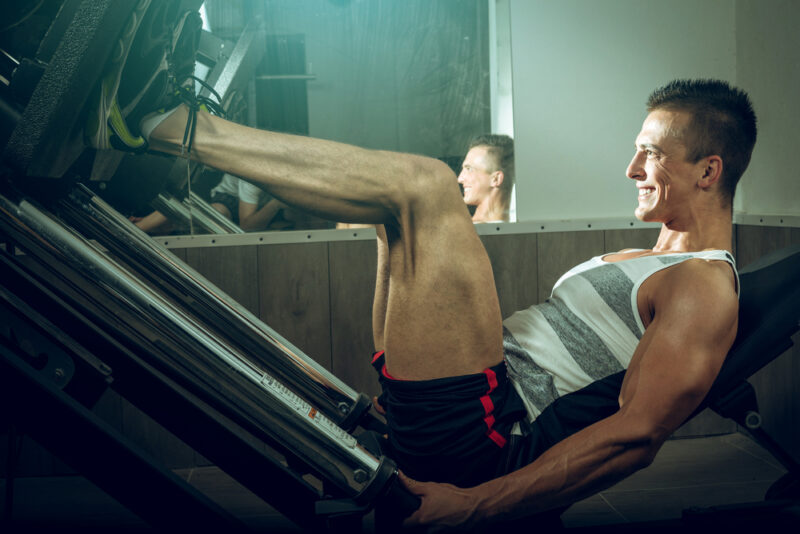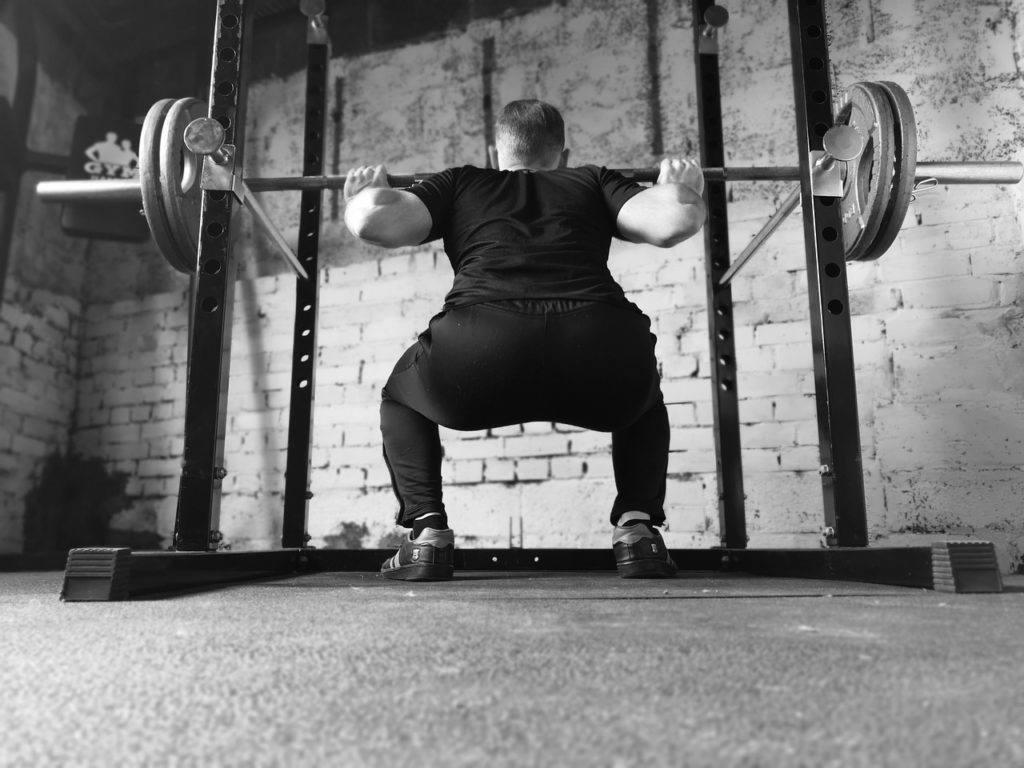As someone who takes their lower body workouts seriously, I’ve experimented with various exercises and routines over the years.
One combination that I’ve found particularly effective is doing leg press after squats.
While both exercises are excellent for developing your lower body, they target slightly different muscle groups and work well together.
In this article, I’m excited to share my experience of adding leg press after squats to your workout routine.
I’ll explain the benefits of this combination, and offer tips and guidelines for how to do it safely and effectively.
Whether you’re a seasoned lifter looking to switch up your routine, or a beginner seeking to build lower body strength, I believe you’ll find this information useful.
So, let’s dive in!

Benefits of Leg Press After Squats
If you’re already a fan of squats, you may be wondering why you should bother with leg press. After all, squats are often considered the “king” of lower body exercises.
But leg press has its own unique benefits that make it a worthwhile exercise – especially when done after squats.
For example, leg press allows you to target specific areas of the lower body with greater precision than squats.
While squats primarily work the quadriceps, glutes, and hamstrings, leg press can also engage the calves, inner thighs, and outer thighs.
(Depending on your foot placement and other variables.)
This means that you can develop a more balanced physique by adding leg press to your routine.
Also, leg press can help you achieve muscle hypertrophy (muscle growth) more efficiently than squats alone.
While squats are great for building strength and power, they don’t always generate as much muscle growth as some other exercises.
Leg press, on the other hand, can provide a more intense and targeted stimulus to the muscles, leading to greater hypertrophy over time. This can be especially beneficial if you’re looking to add size and definition to your legs and glutes.
This isn’t to say that squats are any less important or effective than leg press.
Rather, they highlight the importance of adding a variety of exercises into your lower body routine to achieve best results.
By doing squats and leg press together, you can ensure that you’re hitting all the major muscle groups in the lower body, helping you work towards your fitness goals in a more efficient and effective way.
In the next section, we’ll delve deeper into the similarities and differences between squats and leg press, and explore how they can work together to create a comprehensive lower body workout.
Squats vs. Leg Press: Similarities and Differences

Before we explore how squats and leg press can be combined, let’s take a closer look at what each exercise involves and how they differ.
Squats are a compound exercise that involve bending the knees and lowering the hips until the thighs are parallel to the ground (or lower), and then pushing through the heels to stand back up.
They primarily work the quadriceps, glutes, and hamstrings, but also engage the core, calves, and lower back.
Squats can be done with bodyweight, a barbell, dumbbells, or other types of weights. And there are numerous variations and modifications that can make the exercise easier or harder.
Whereas, leg press is a machine-based exercise that involves sitting in a chair and pushing a platform away from your body using your legs.
The platform is typically weighted and can be adjusted to provide varying levels of resistance.
Leg press mainly works the quadriceps, hamstrings, and glutes, but can also work the calves, inner thighs, and outer thighs.
So, what are the main differences between these two exercises?
For one, squats require more overall body stability and coordination than leg press, since you’re using your entire body to support the weight.
This can make squats harder – especially for beginners.
Also, squats are considered a functional movement that mimics everyday activities like standing up from a chair or picking up something from the ground.
Leg press, on the other hand, is a more isolated exercise that primarily works the lower body.
Despite these differences, squats and leg press can complement each other nicely when done together.
In the next section, we’ll explore how to incorporate leg press after squats for maximal results.
Incorporating Leg Press After Squats
Now that we’ve established the benefits of leg press and how it differs from squats, let’s talk about how to incorporate it into your workout routine.
First and foremost, it’s important to prioritize squats in your routine, since they provide a more comprehensive and functional lower body workout.
Aim to do squats at least twice a week, using a weight that challenges you but allows you to maintain proper form.
(If you’re new to squats or have mobility or stability issues, consider working with a personal trainer or physical therapist to learn proper technique and modifications.)
Once you’ve completed your sets of squats, you can move on to leg press.
Since leg press is a more isolated exercise, you can use it to target specific areas of the lower body that may not have been fully engaged during squats.
For example, if you want to focus on your inner thighs, you can place your feet closer together on the platform.
If you want to engage your glutes more, you can place your feet higher on the platform.
As with any exercise, you should start with a weight that challenges you but allows you to maintain proper form.
Avoid using too much weight, which can put unnecessary stress on your joints and increase your risk of injury. And be mindful of your breathing and form throughout the exercise, and stop immediately if you experience pain or discomfort.
Conclusion
Wrapping up, adding leg press to your lower body routine after squats can help you achieve greater muscle hypertrophy, target specific areas of the lower body, and create a more balanced physique.
Just be sure to prioritize squats in your routine, use proper form and technique, and listen to your body to avoid injury.
By following these tips and prioritizing squats in your routine, you can achieve a stronger, more balanced lower body and reap the benefits of both squats and leg press.
That’s all for this article, but why do you get lower back pain after leg press? Or perhaps you’re interested in a leg press to squat conversion?
Hope this helped!
Sources
https://www.nike.com/a/leg-press-muscles-worked
https://www.healthline.com/health/exercise-fitness/squats-benefits
I’ve been in the fitness and strength training industry for nearly a decade. In that time, I’ve gained 30 pounds of muscle, written hundreds of articles, and reviewed dozens of fitness supplements. As for my educational background, I’m a currently studying for my Active IQ Level 3 Diploma in Personal Training.

